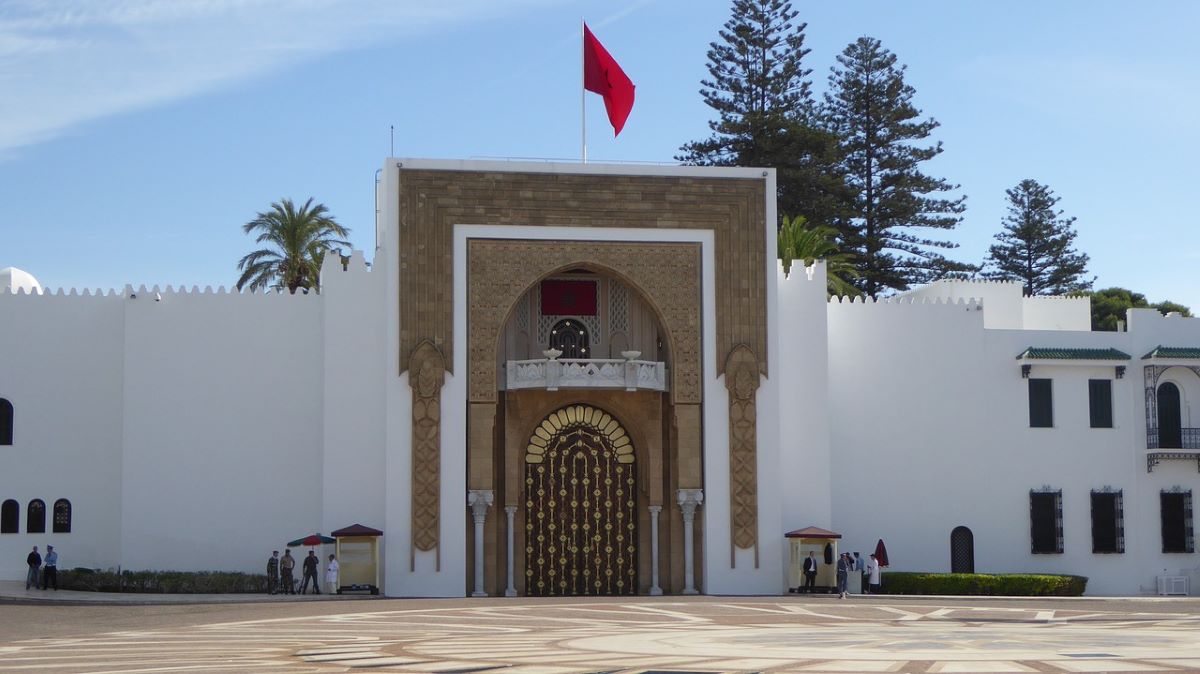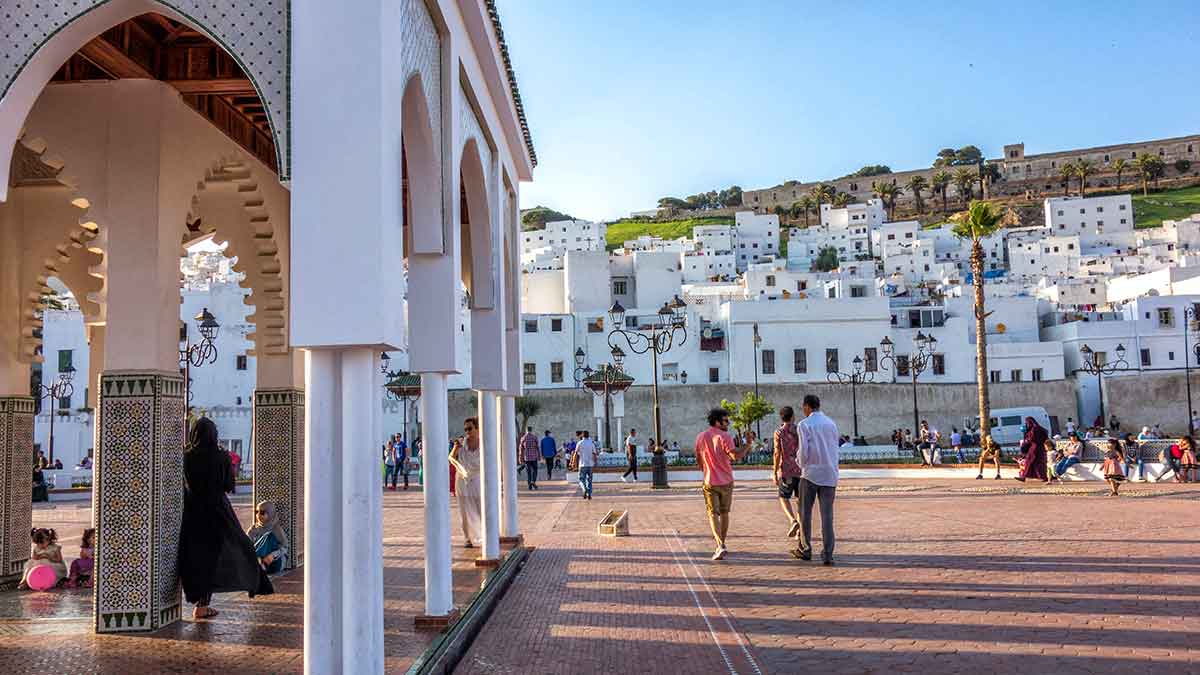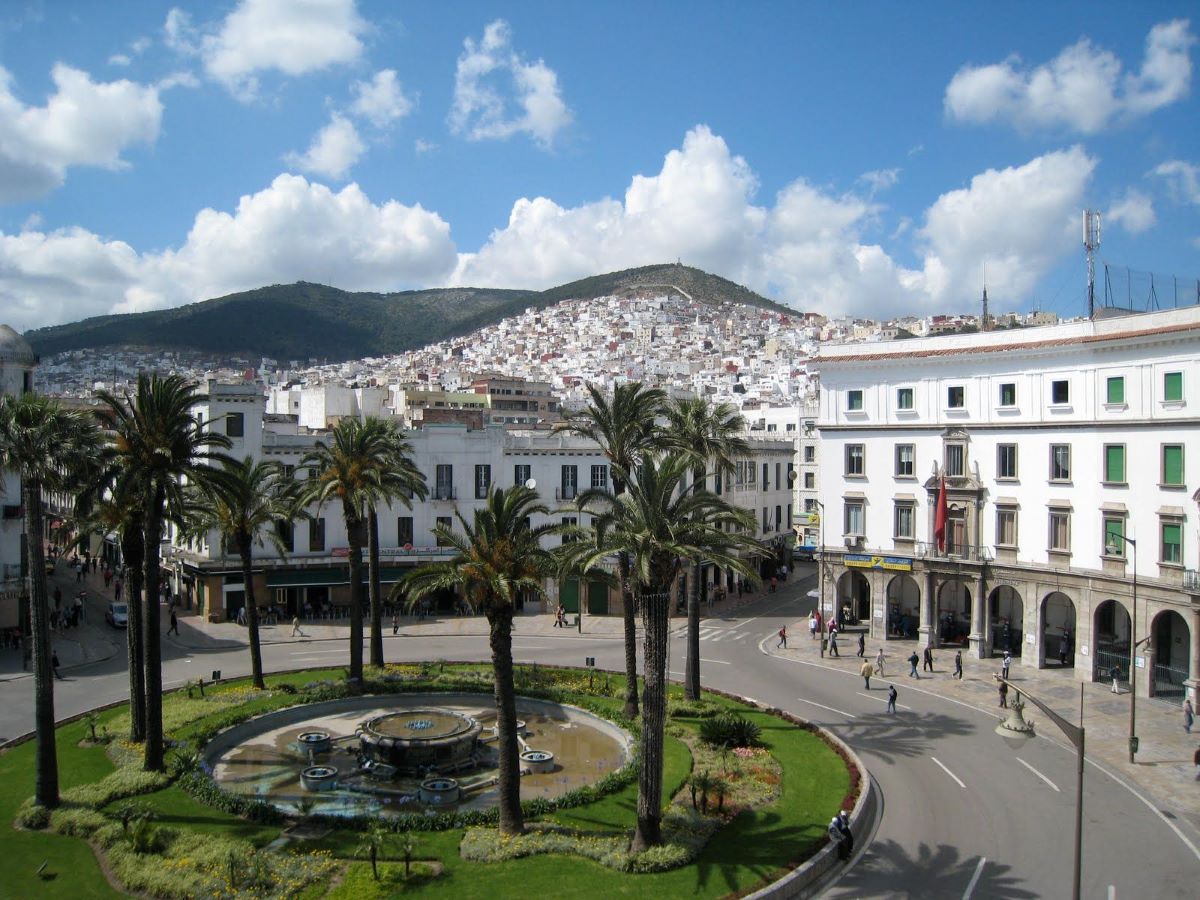
Image | Pixabay
Located in the north of Morocco and on the slopes of the Rif, Tetouan is the city with the most Andalusian features in Morocco. It was the capital of the Spanish protectorate at the beginning of the XNUMXth century and is known by the nickname "Paloma Blanca" due to the whitewashing of its medina and the tone of the Spanish buildings of the XNUMXth century.
It is a city very frequented by international tourism that has built an image of a cosmopolitan city. If you would like to visit Tetouan on your next vacation, so as not to miss anything, we suggest a simple tour of its streets.
Tetouan's medina
The medina of Tetouan has a unique charm that makes it an unavoidable visit. Made of bricks, ashlars and lime, it preserves its physiognomy and the architecture for which it was declared a World Heritage Site by Unesco in 1997.
The wall protects the five neighborhoods that compose it: al-Ayun, Trankats, al-Balad, Souiqa and Mellah. With a walled perimeter of five kilometers, seven doors were opened that remained closed for security reasons at nightfall.
These walls protected the old medina, its quiet squares and long, narrow streets. Currently, it is well worth taking a tour of its bustling and winding streets full of shops and cafes as well as charming corners.
What to see in the medina?
One of the epicenters of Tetouan is the Plaza de Hassan II (formerly known as Plaza de España at the time of the protectorate), a meeting point between the medina and the expansion. This is presided over by the royal palace, in the Hispano-Muslim style and is surrounded by other important monuments such as the mosque of Pasha Ahmed ibn Ali al-Rifi and two zawiyas with decorated minarets.
Next to the royal palace, the Bab Ruad arch leads us to the souks through Tarrafin street, one of the main streets of the city that is full of cloth and jewelry stores.
At the end of this street we will arrive at the Suq al-Hut square, which currently houses fabric and fabric markets but was once the fish square. From here you can see the crenellated walls and the towers of the old Kasbah of Sidi Ali al-Mandri.

Image| Tourism Morocco
From Kasdarin street you enter the Ghersa al-Kebira square, one of the largest in the Tetouan medina and where you can find antiques and second-hand clothing stalls. Around it is an old funduq (an inn for merchants and camels to rest) and the Lucas madrasa dating from the XNUMXth century.
From this square we can access Mqaddem street, which leads us to the Lucas Mosque, known for its white minaret. Continuing the route, you enter the Suq al-Fuqqi square, from where you can see the minaret of the Sidi Ali Barak mosque, which is decorated with polychrome tiles.
Following the labyrinth of streets, we come to Mtammar street, at whose ends two iron gates close the access to the dungeons where the Christian captives were locked up. Nearby is the al-Wissa'a square, whose fountain is one of the most harmonious in the medina, and which gives access to the al-Balad neighborhood, the most aristocratic and stately in Tetouan.
Walking along Siyaghim street we come across the mausoleum of Sidi Ali Ben Raysoun, famous for its octagonal minaret covered in diamond-shaped tiles. In Tetouan's medina, it is also worth visiting its splendid Great Mosque, the largest of all. Its minaret can be seen from anywhere in the medina and is of the Alawite type. As with almost all Moroccan mosques, the Grand Mosque of Tetouan is also not allowed to be visited by non-Muslims.
The expansion of Tetouan

Image | Pinterest
Tetouan was the capital of the Spanish Protectorate in North Africa until 1956. That is why in the expansion of the city you can see vestiges of that time such as the church of Our Lady of Victory (1919) in Moulay El Mehdi square or the interesting colonial architecture.
Each of the colonial buildings in Tetouan have slightly different facades and balconies, but all are characterized by their white color combined with the typical green color of Tetouan.
More traces of Tetouan's Spanish past can be found next to the Plaza del Palacio Real, where you will see the Spanish Theatre, one of the icons of Tetouan's recently restored Spanish Quarter.
Other essential places are the old Spanish Casino (20s) and the Tetuán General Library and Archives (30s).